OFLUXO
MARK PIETERSON in conversation with ALEX ITO
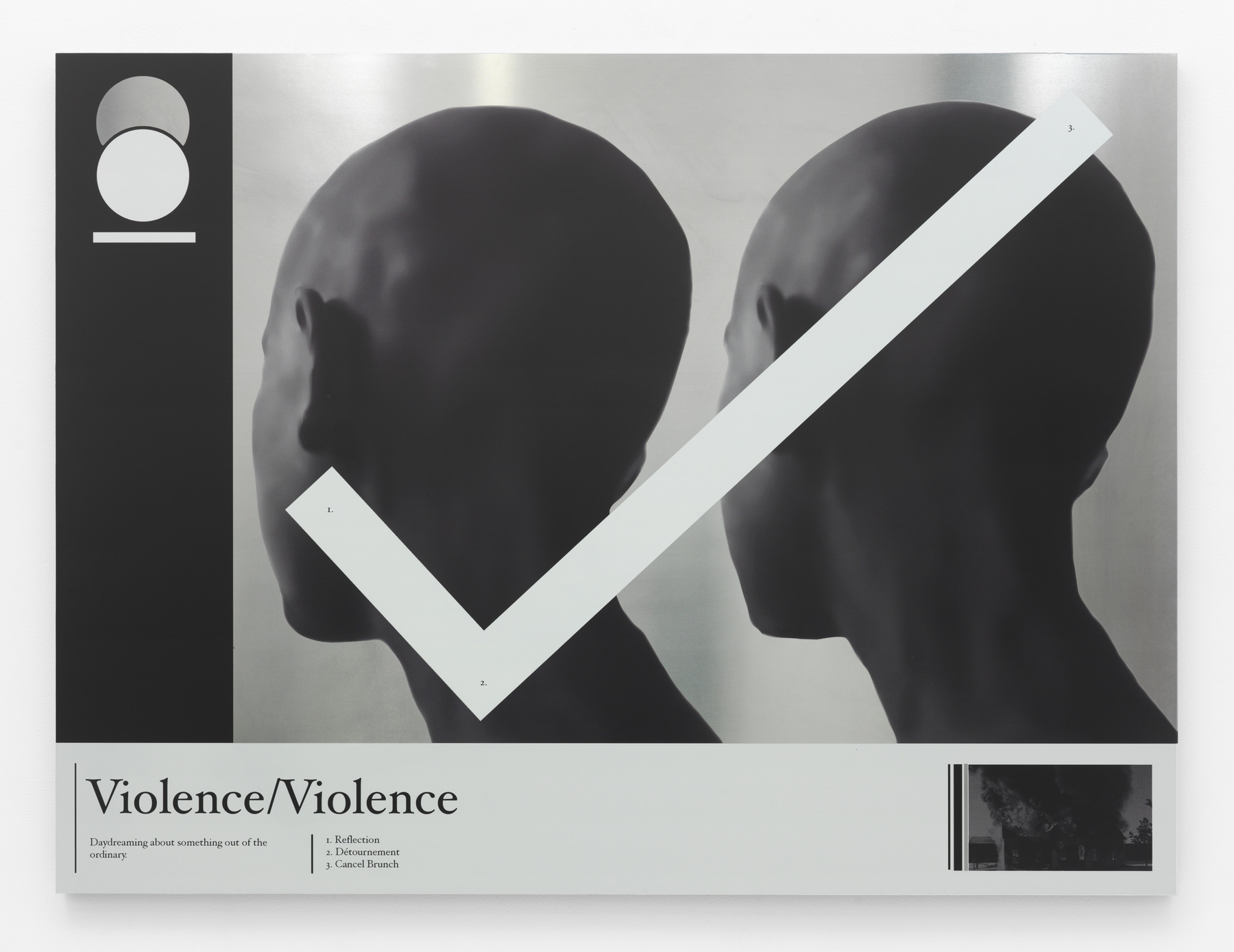
Conversations about violence, anxiety, emptiness and the future are central to Brooklyn-based artist Alex Ito’s recent exhibition, Cloud Nine, at the Still House Group, Brooklyn. By presenting visually critical objects within an arid space, Ito astutely balances the possibility of failure and utopian imaginations without strictly conceding to a nihilistic speculative frame.
The possibility of an intimate relationship with these contradictions within the theater of futurity is truly what makes Ito’s exhibition compelling. In this interview, Ito provides further insight into ideas about progress and the future that he addresses in Cloud Nine.
MP: The exhibition investigates and speculates on the idea of progress and futurity. What specifically about these ideas are you addressing with this exhibition?
AI: One obstacle of this exhibition was how to hold a visually critical stance on progress and futurity without denying them. I didn’t want to insinuate nihilism and submit to a condition I defined through an arid aesthetic in the exhibition. In the past, I’ve felt that some decisions left my work with an ambivalence that translated into apathy. This recent body of work was a step towards thinking about what comes after the disillusion of the future.
The future is an interesting space because of how it’s socialized into pop culture. When presenting consumer objects, the future necessitates the function of that object and gives it value. Without a window for a better future, the object is irrelevant in its inconvenience. A culture of convenience surrounds popular images of the future where technology, speed, immediacy and comfort take precedence. This convenience is perceived as progress and champions a positive attitude that neglects many forms of emotional energy.
In Cloud Nine, I wanted to play with the power of negative sentiments such as violence, anger and emptiness. In this way, a home seems distant, consumption is a machine and anger confronts the audience in order to realize the limitations of the visual culture of everyday life.
MP: The notion of progress is, of course, discursive and subject to temporal narratives. Are you interested in disrupting myopic idealizations?
AI: Definitely. However, I don’t want to present another narrow dogma for what a future will bestow. Instead, I allow the work to propose the possibility of a utopian imagination that exists outside of popular culture’s “smile and be happy” message.
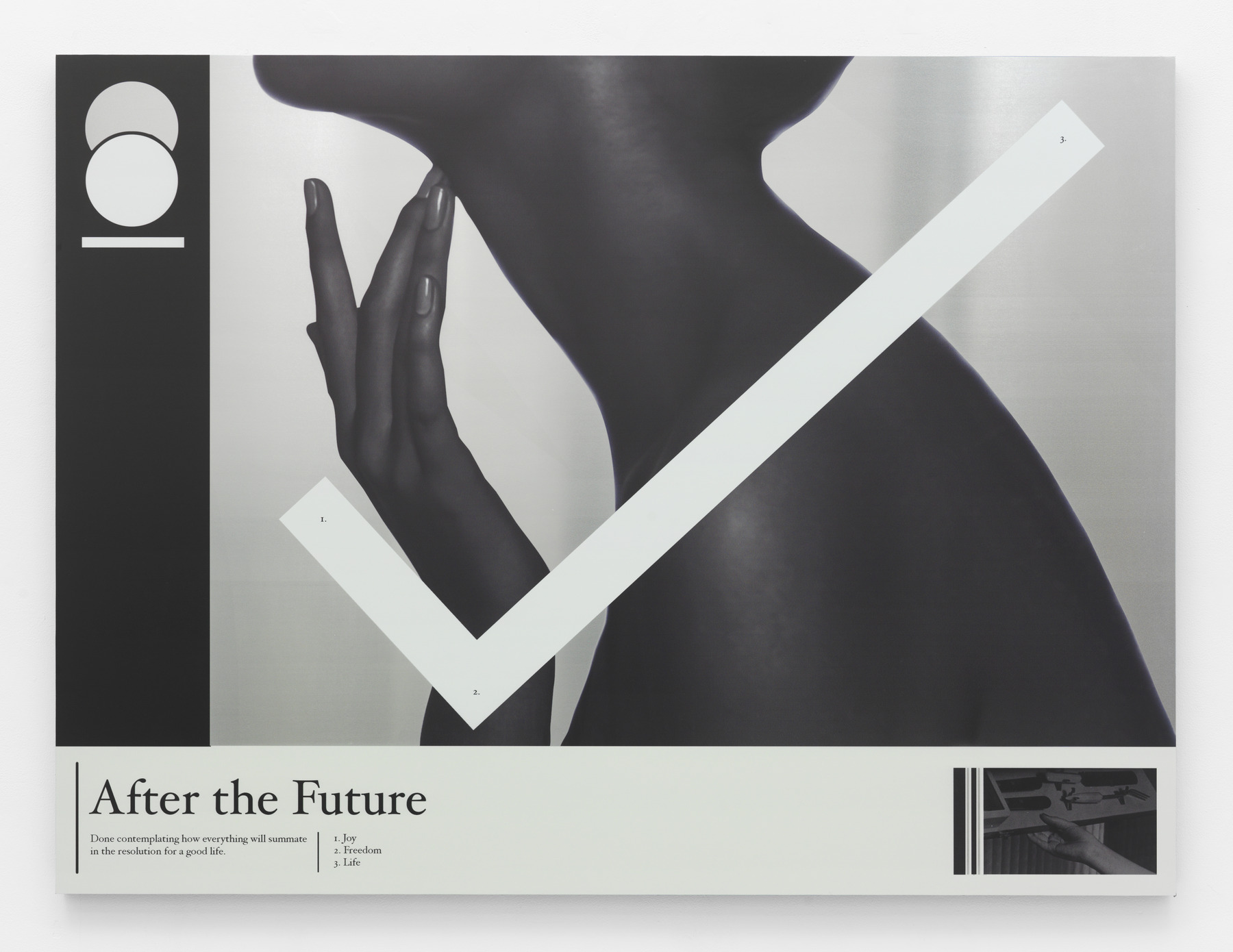
MP: The works After The Future, (2015) and Overwhelming Hatred, (2015) are unlike the tenets of advertisement that they aesthetically reference. Instead of calming or attempting to placate the anxieties inherent in speculations of the future, they instead embrace those anxieties and- to a certain extent- the idea of failure. Why was it particularly important for you to frame the conversation this way?
AI: Herbert Marcuse once wrote about a utopian imagination that was supported by the possibility of failure, otherness and the departure from a logic of oppression. After the Future and Overwhelming Hatred follow suit to promote an intimacy with anxiety and violence that can grow into a powerful awareness of a debilitating visual culture.
A big influence for my practice comes from Antonin Artaud’s concept of a “theater of cruelty”. This concept completely reimagines what cruelty can be and departs from the popular associations with the obscene and evil. Instead, cruelty becomes a catalyst for shocking an audience out of everyday life in order to realize its limitations. I wanted to do a similar process when using words like future, hatred and violence juxtaposed with common images of the body or familiar home furnishings.
For me, the thread of corporate violence is subtle in our visual culture that I wanted my ideas to use the same device. Seeing a word like “hatred” beneath the grace of modeled hands draws out so many questions but remains an image that is quiet, familiar and subliminal
MP: Do you have hope for the future?
AI: Sometimes there seems to be so little to hold onto. The debt keeps growing while a few people’s pockets grow bigger. Powerful nations are beginning to crash while weapon trades keep certain countries afloat. Kids think they are free because they have a computer while communities bleed to mine and make such technology. Drones kill without remorse in order to save lives. People starve while we talk about going to Mars.
All of my observations come from a first world civilian-bystander perspective to a planet crumbling apart. For me to deny the future would be irresponsible and neglectful of many communities that I, as a consumer, take part in fueling their exploitation. I wouldn’t say I have a direct image for the future but I do believe that the potential for change will always be there.
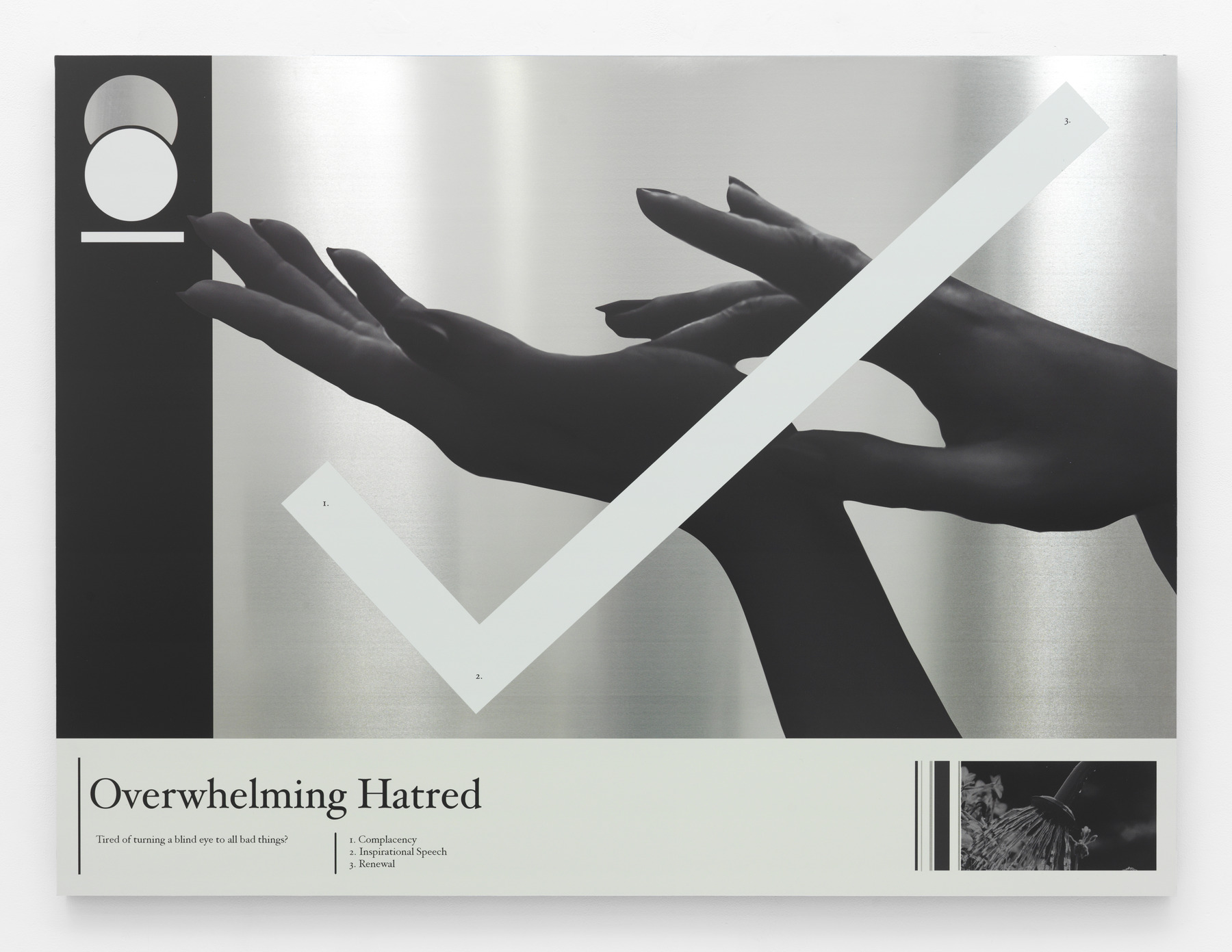
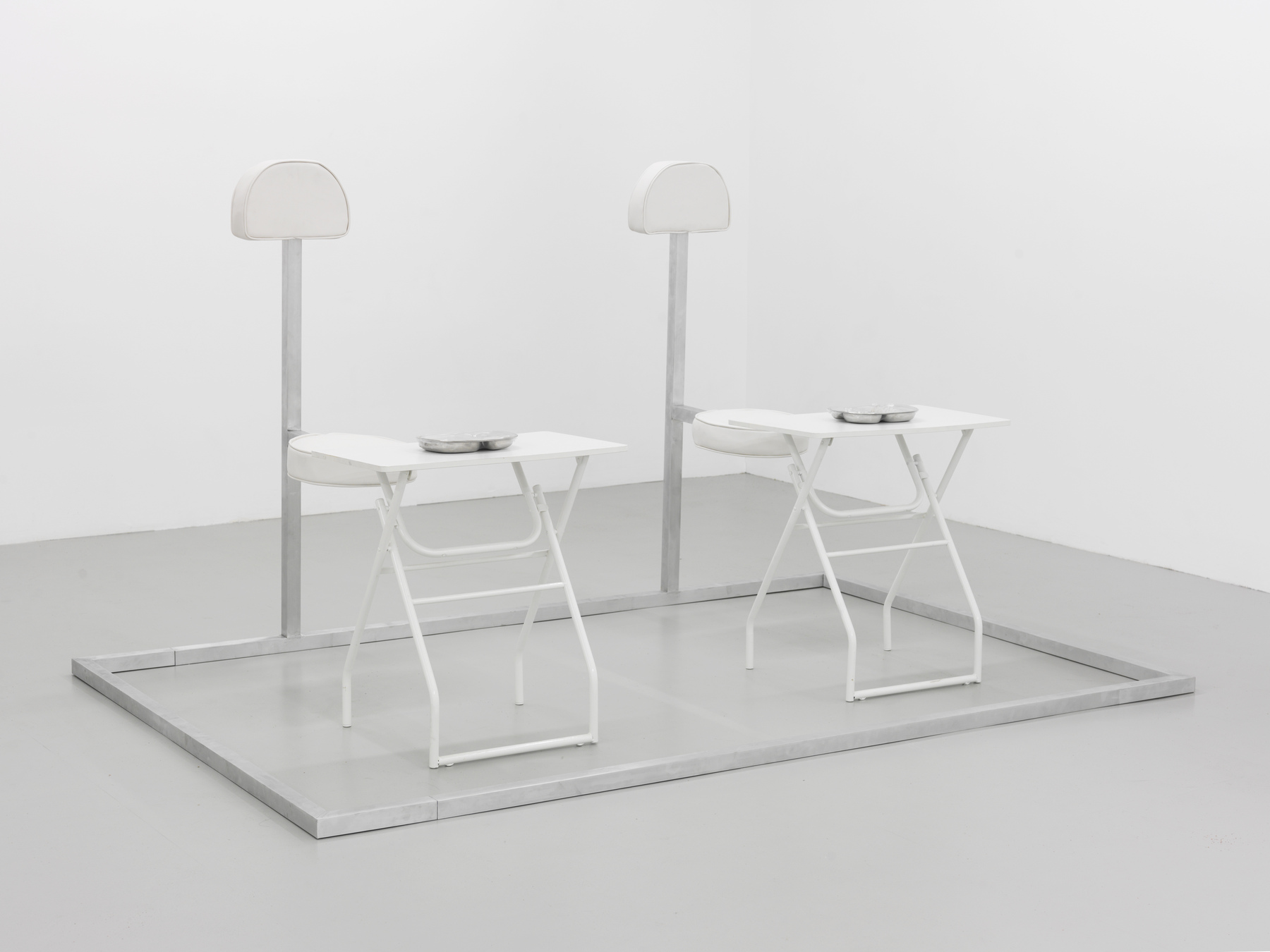
MP: How do the concepts addressed in this exhibition a continuation of and/or departure from past ideas you explored in previous exhibitions?
AI: I wouldn’t say that Cloud Nine was a departure but a development in a larger analysis within my work. The exhibition was the culmination of a bunch of ideas I have been playing around with these last few years. My first solo exhibition right out of school focused on the binary culture of winning and losing within sports and advertising. I later had an exhibition that was a fictional posthumous memoir about a man who killed himself in 2013 from shopping too much. My first solo exhibition in Europe discussed the alienation of value in frenzied market space. I’ve made planters and displays that explore the artifice and entropy of beauty and vignettes of gambling economies. All of this work is indebted to a theory of alienation that occurs between objects, consumers and systems of distribution. Cloud Nine seemed to fit because I began to propose a solution and a stance rather than simply illuminating the problem.
MP: Does the conversation you propose in Cloud Nine at all set the stage for your next exhibition?
AI: I have work that will be exhibited in Vienna for a group show called “Young Americans” this November. The piece is titled “The Principle of Hope”, named after a book by Ernst Bloch. It will be a large scale installation with similar ideas presented in Cloud Nine. Aluminum structures with display-like treatment will inhabit the space against the backdrop of an image depicting the first atomic bomb test at the Trinity Site in White Sands. I’m excited to continue the conversation from the work presented at Still House.
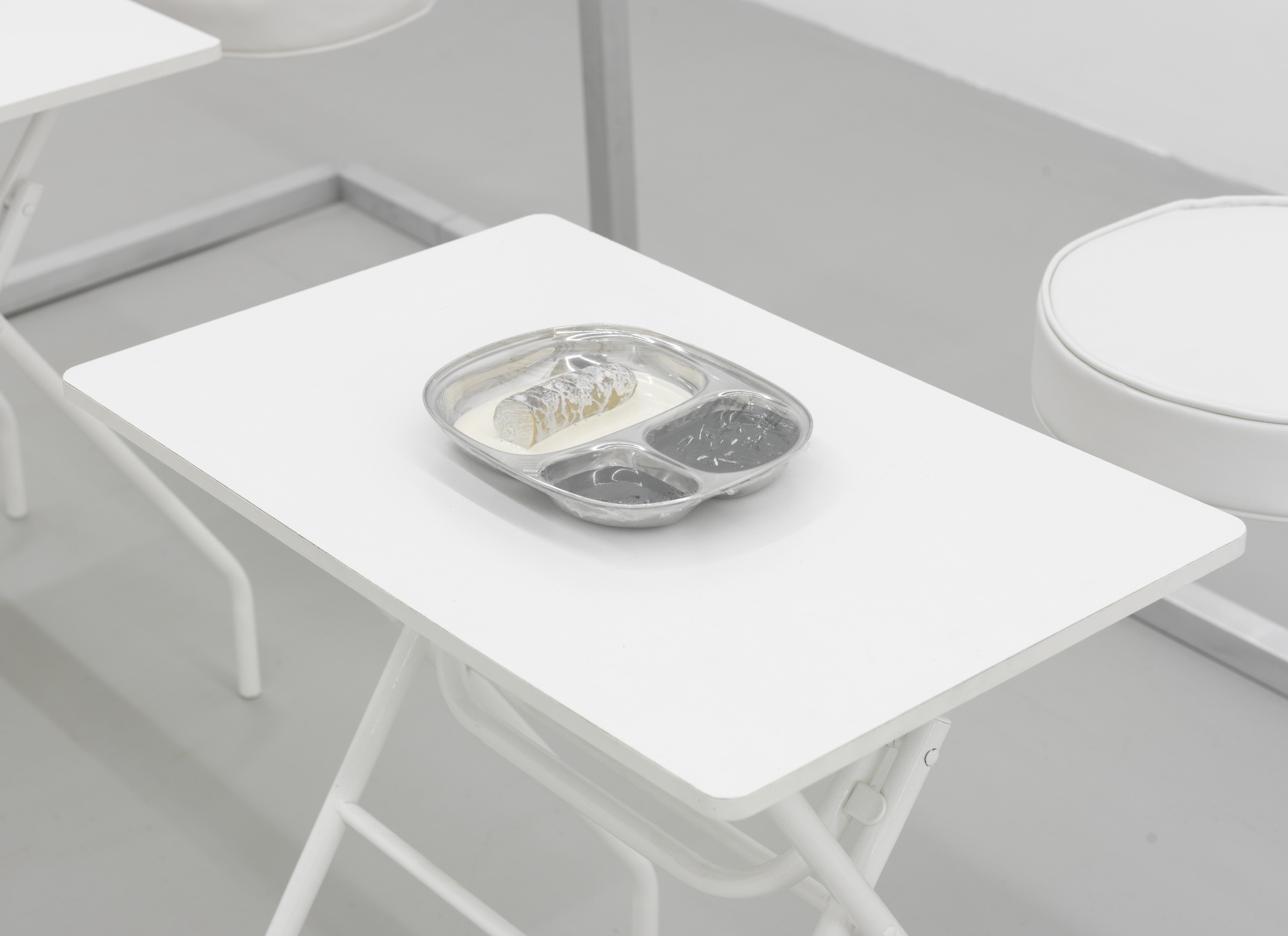
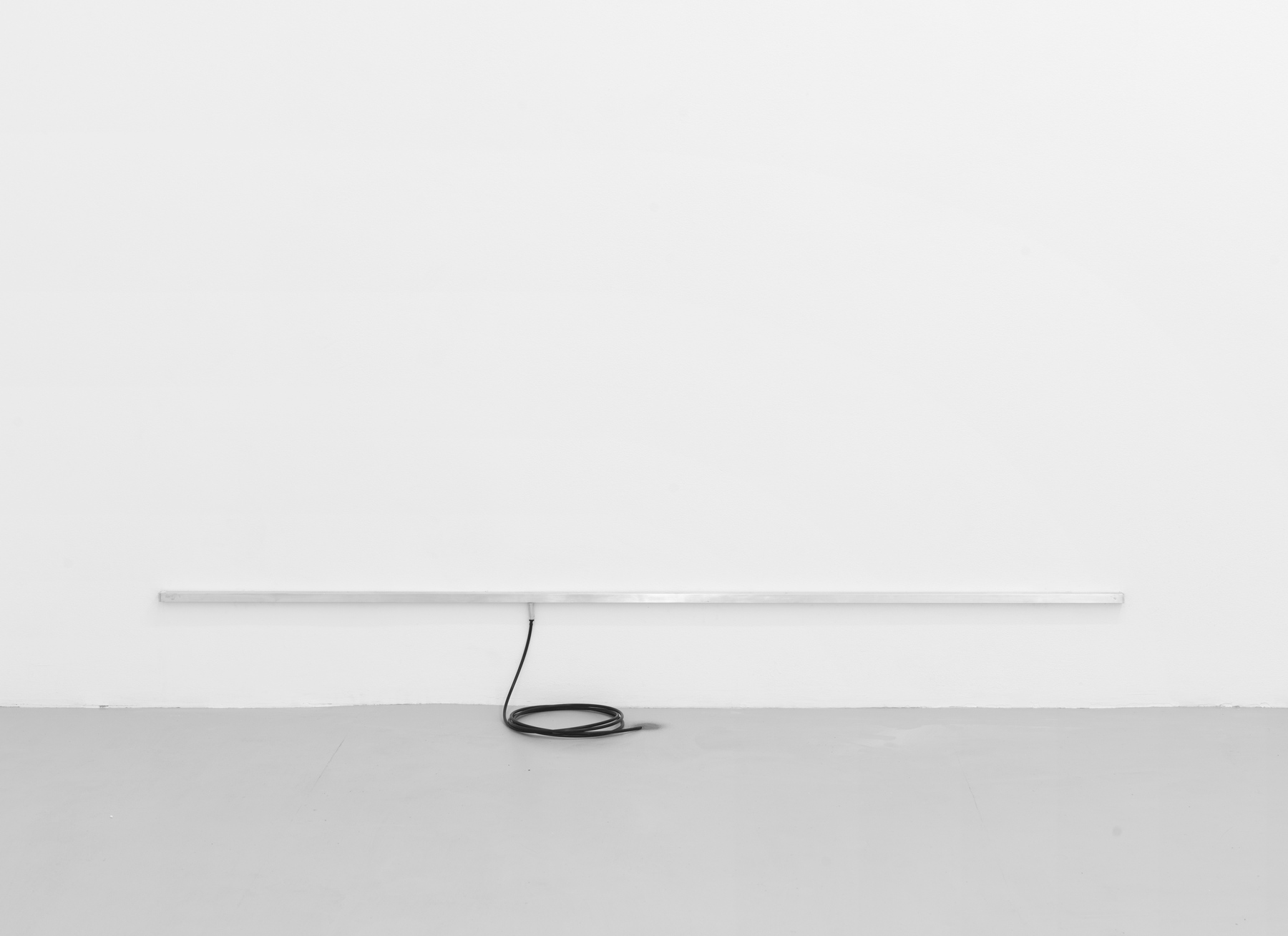
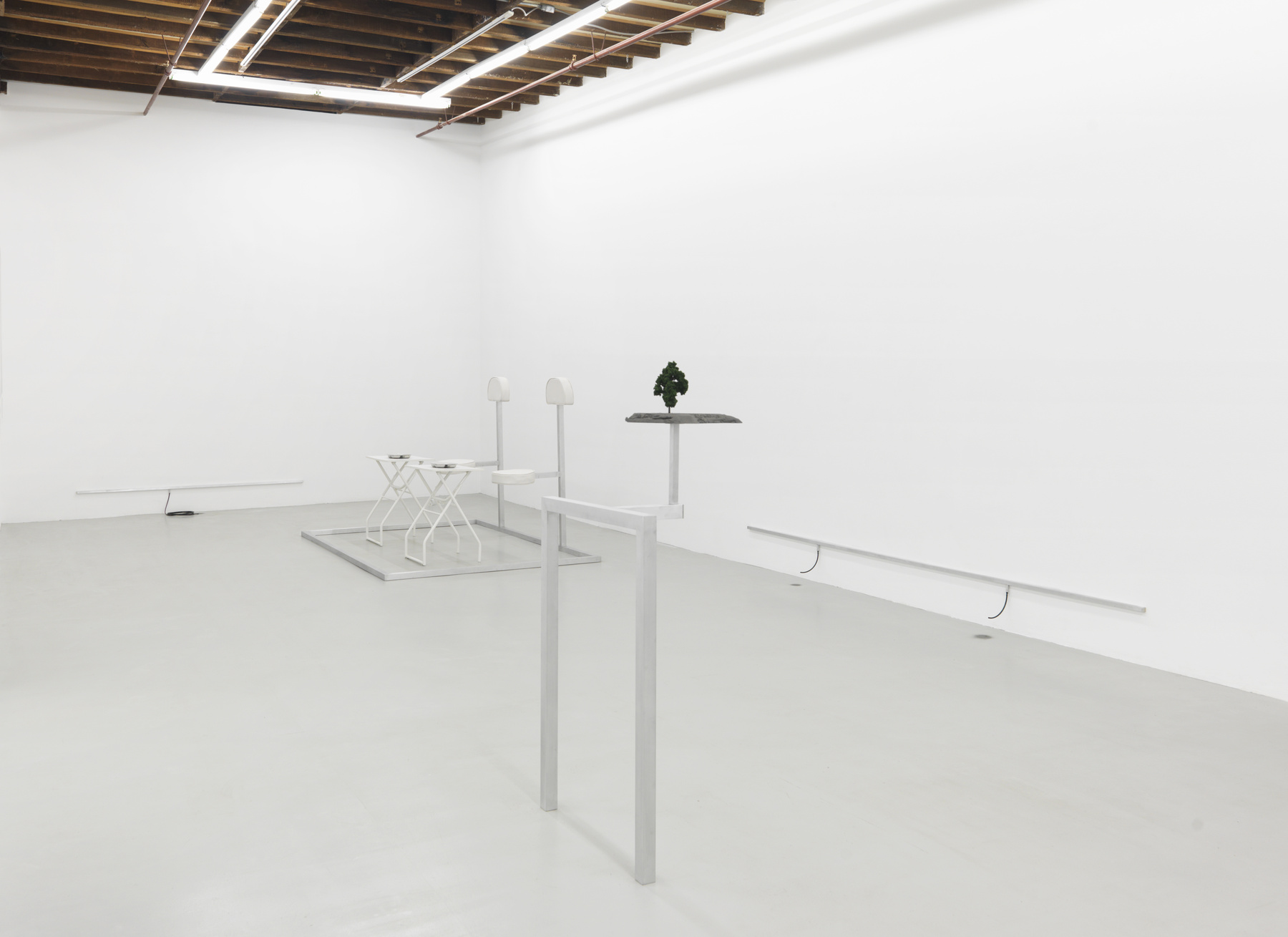
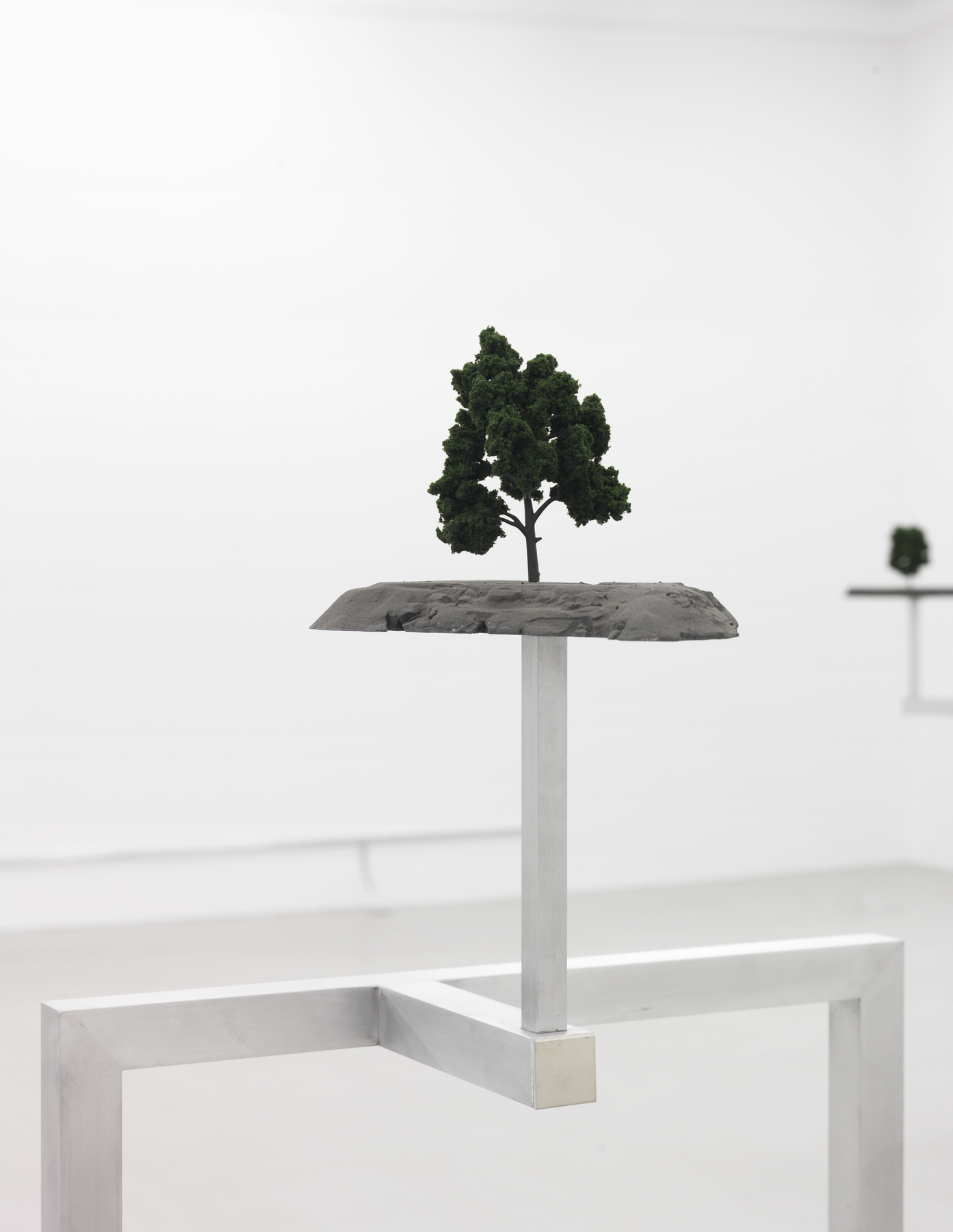
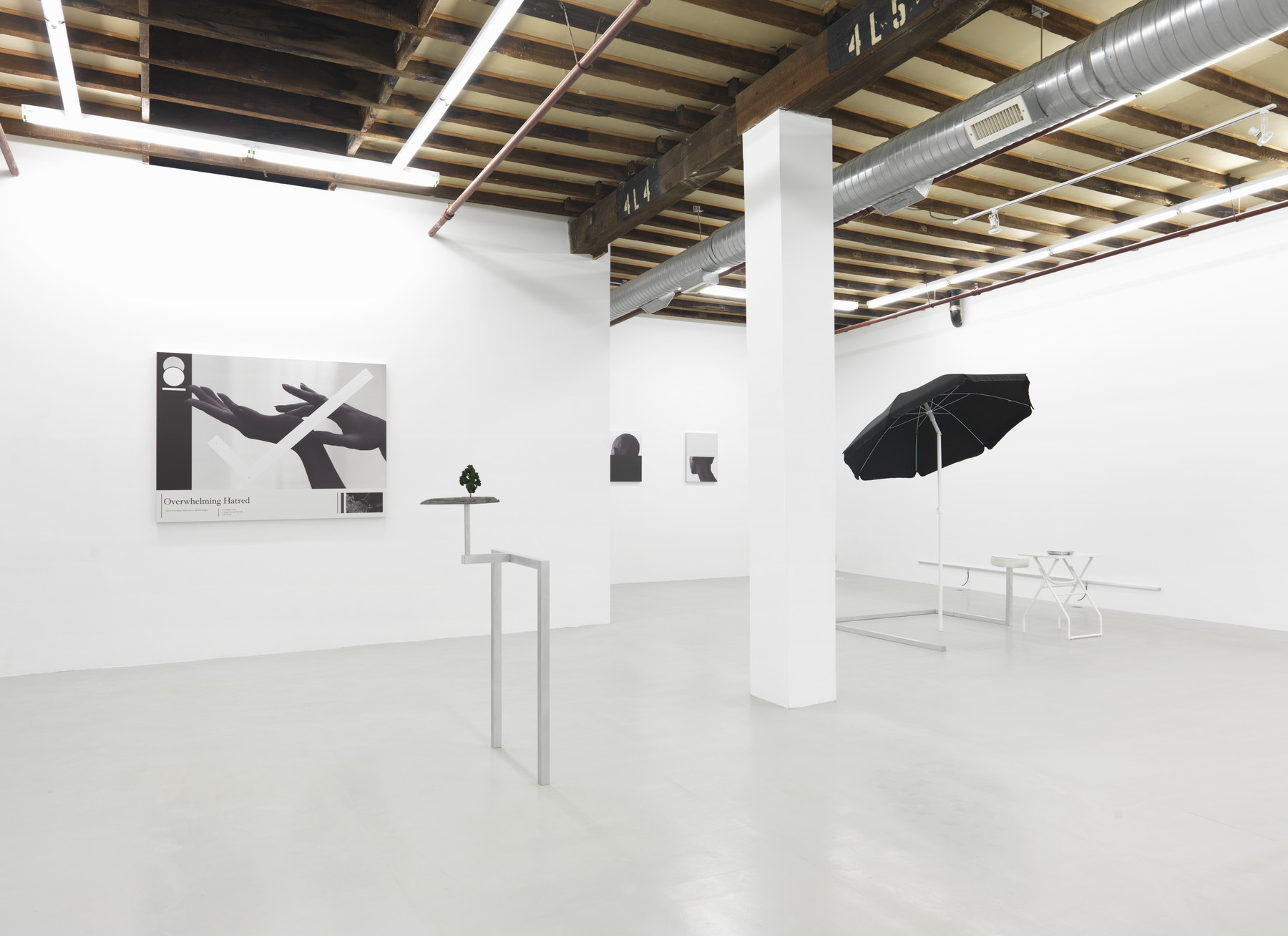
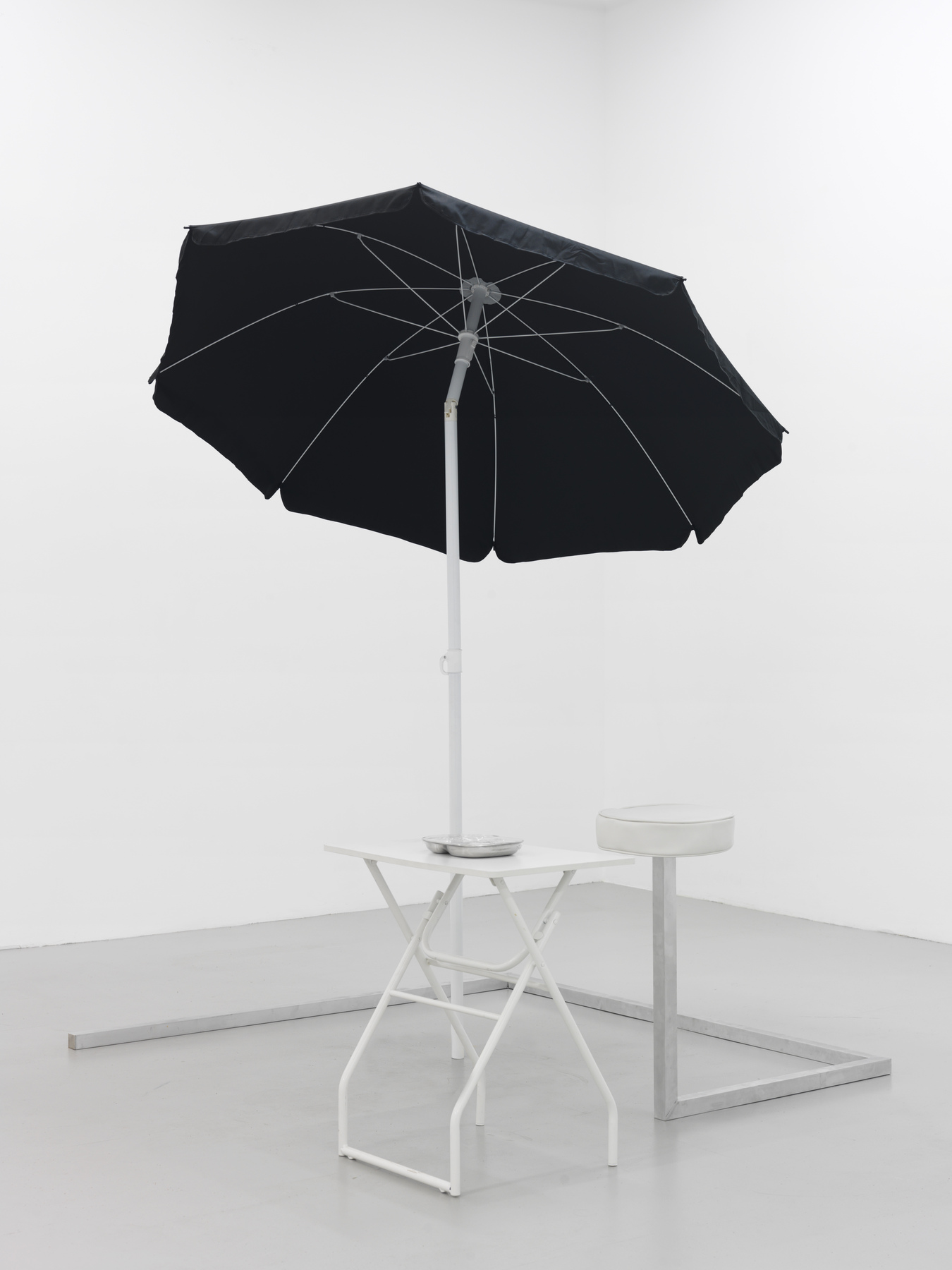
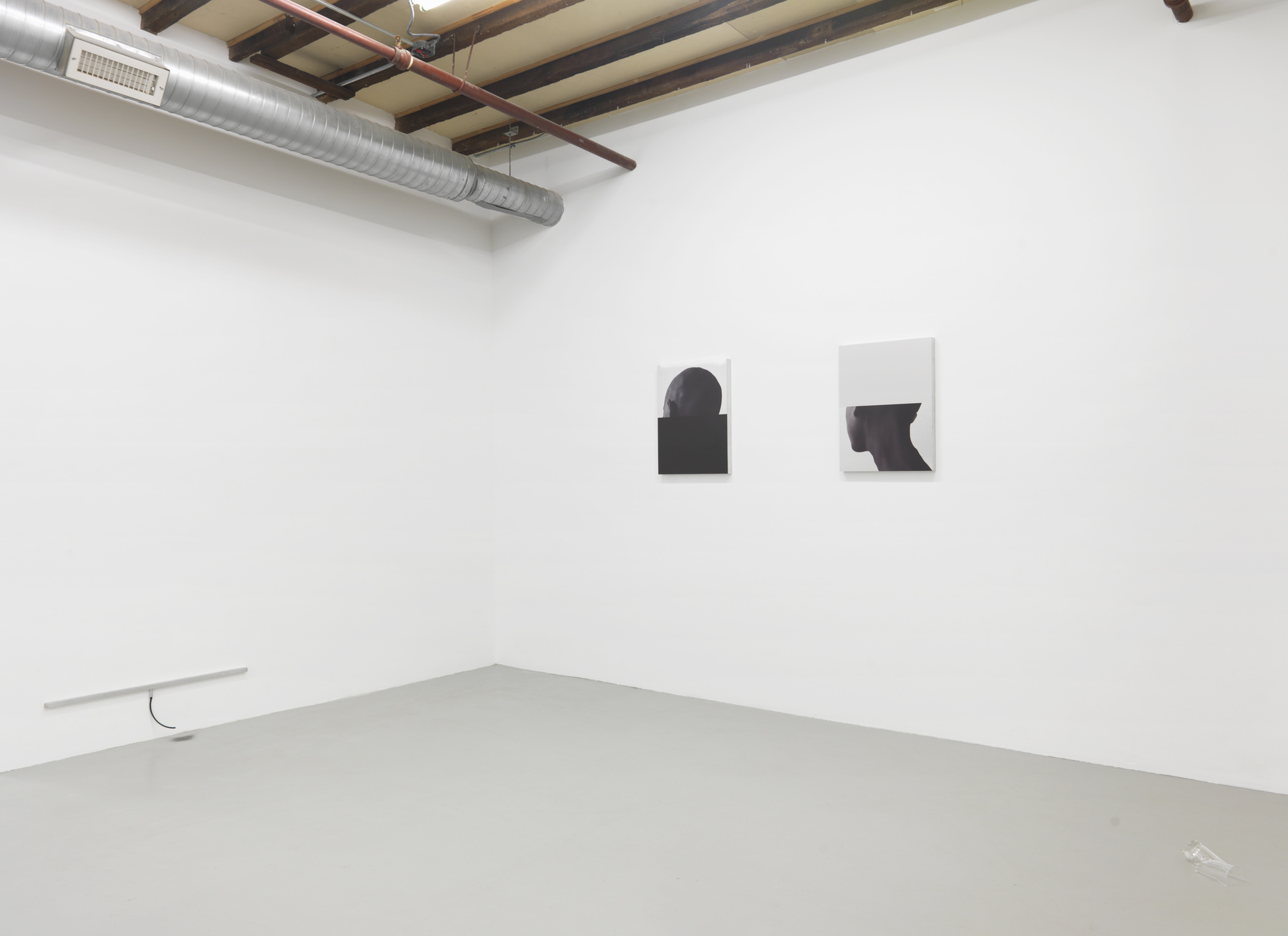
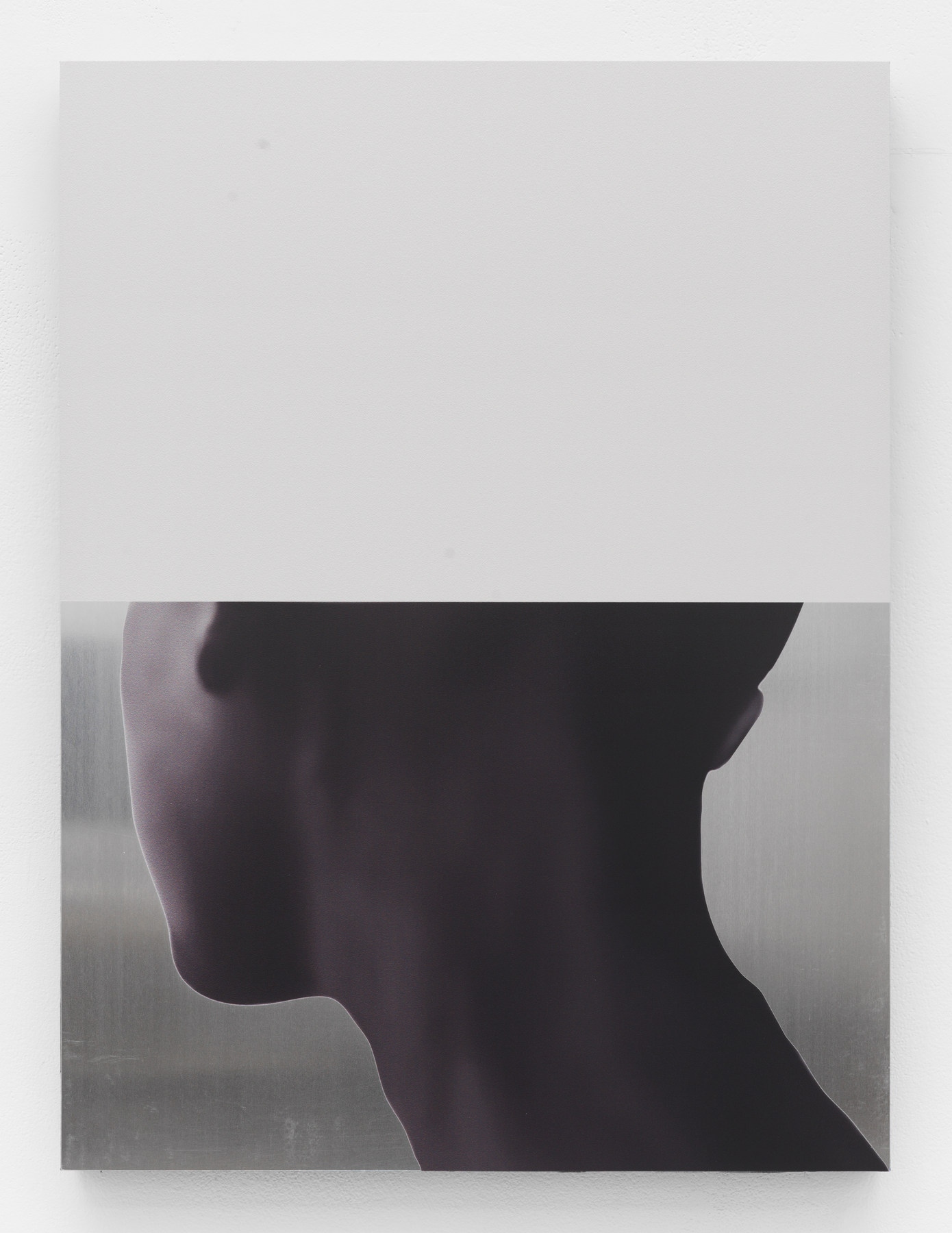
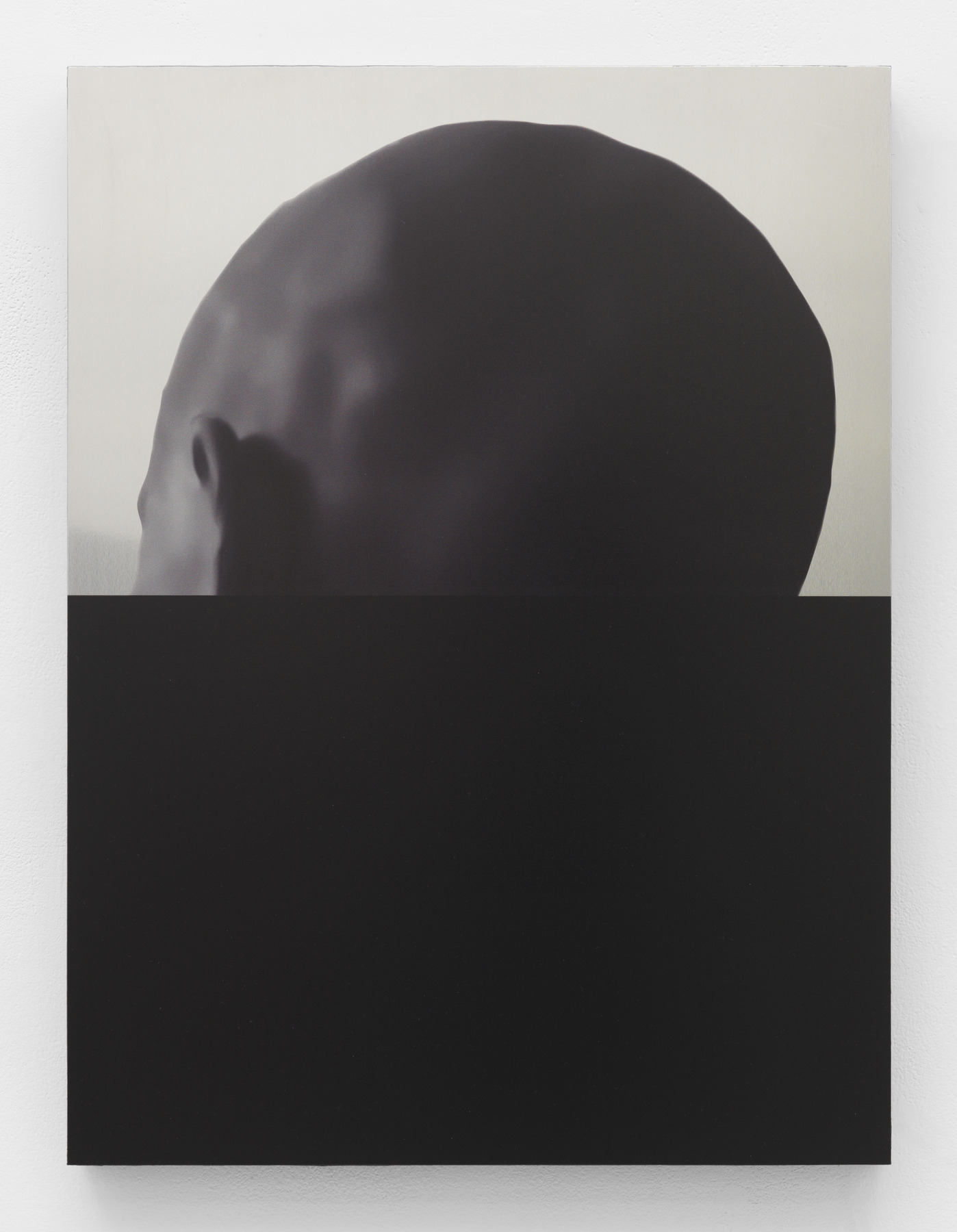
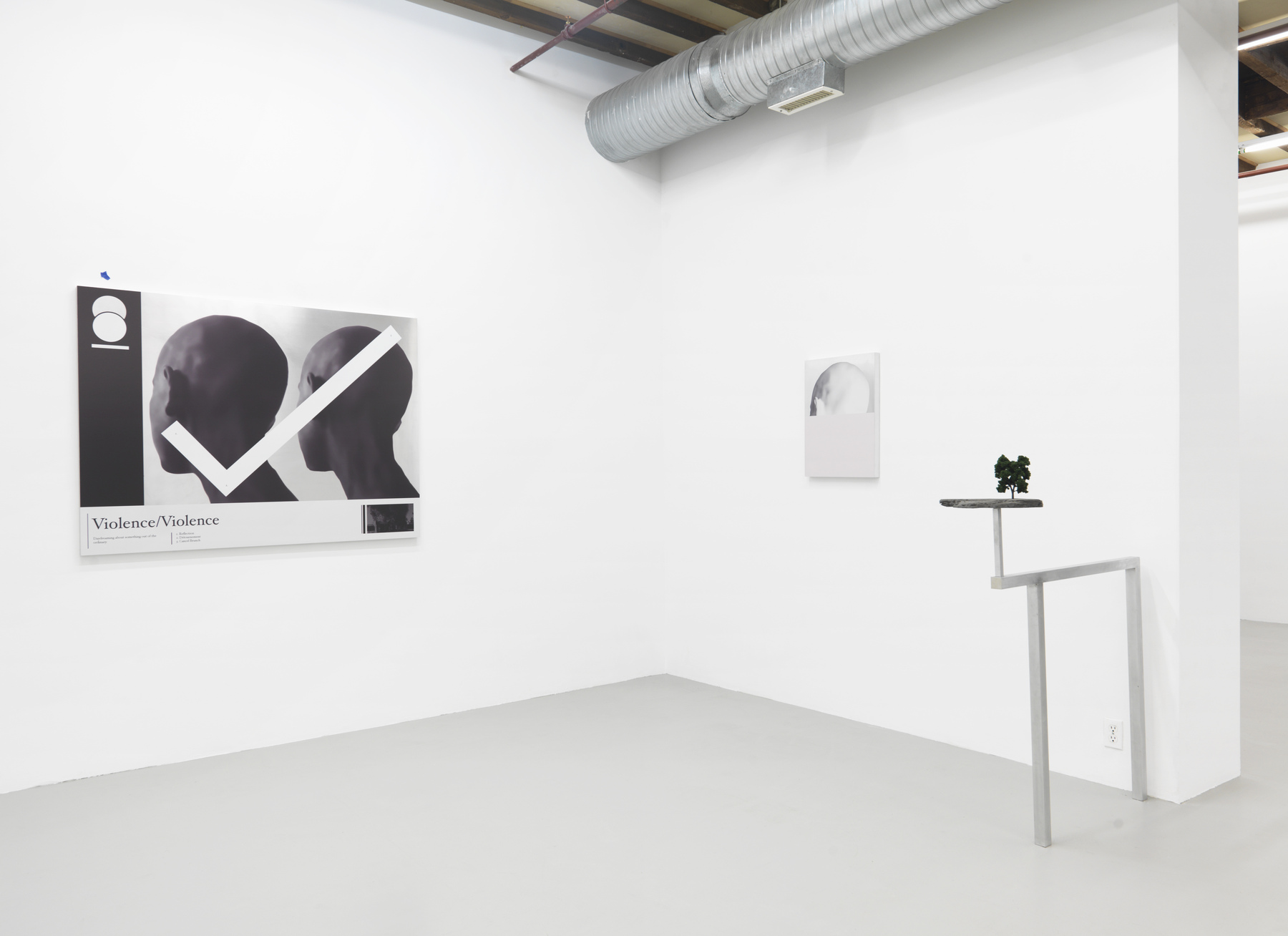
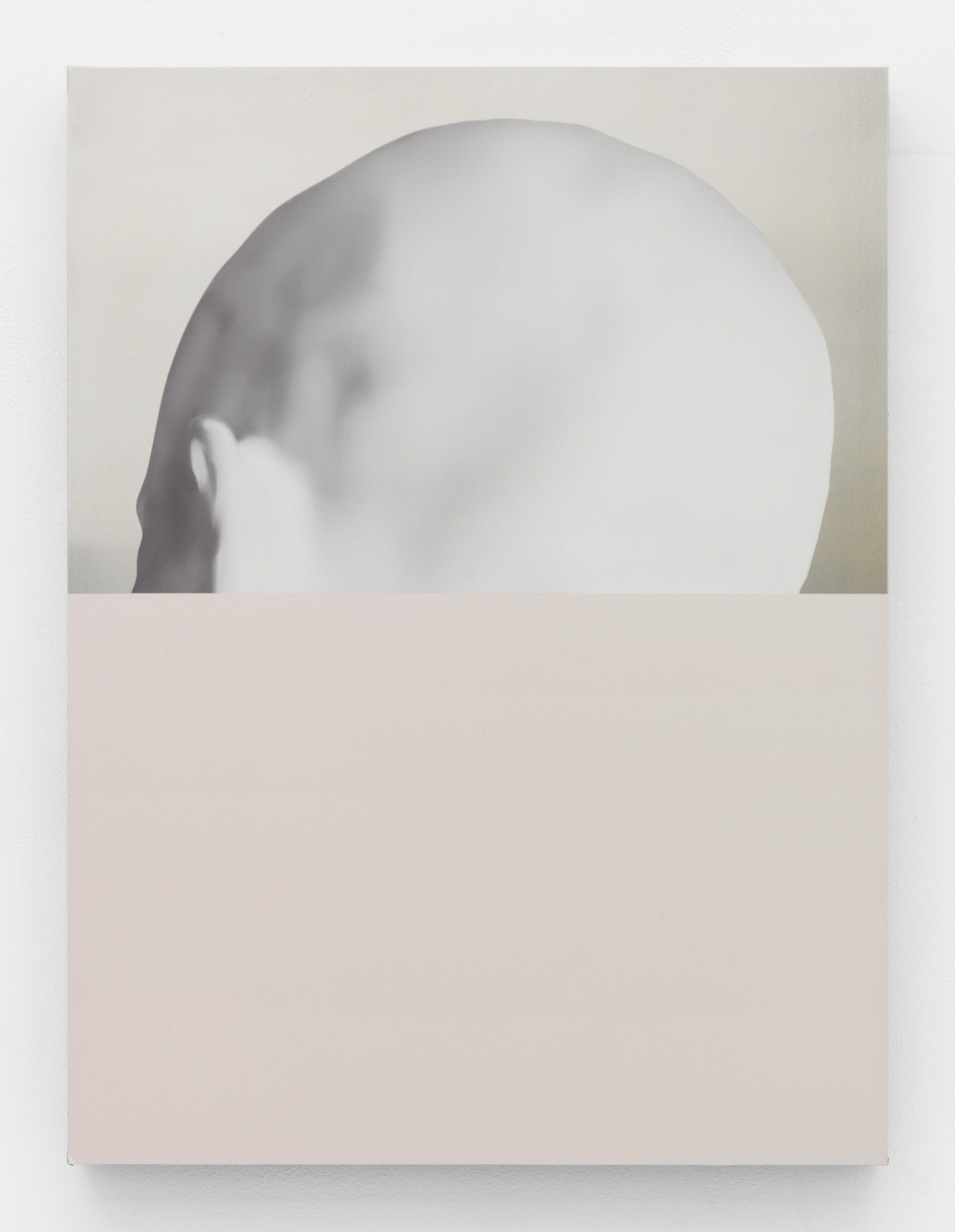
Cloud Nine
Alex Ito
At The Still House Group, New York, US
October 9 – November 6, 2015
Interview: Mark Pieterson for O Fluxo, October, 2015
Photo: Courtesy of the artist and The Still House Group, New York
Alex Ito is a Brooklyn-based artist and curator who’s work has been exhibited in numerous group and solo exhibitions at The Zabludowicz Collection, London, UK; Johannes Vogt Gallery, New York, NY; Steve Turner Contemporary, Los Angeles, CA; Springsteen Gallery, Baltimore, MD and Museum Dhondt-Dhaenens, Deurle, Belgium. Following studies in sculpture at Pratt Institute in 2013, Ito was awarded a residency at the prestigious and illustrious Still House Group in Brooklyn.
www.alexitostudio.com
OFLUXO is proudly powered by WordPress
